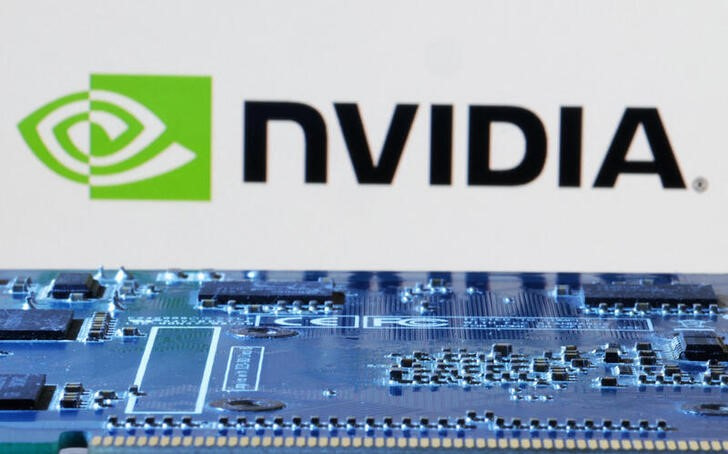As Nvidia (NASDAQ:NVDA) approaches its earnings announcement, investors are keen to understand the cost and value of its options. According to a recent analysis by Piper Sandler, Nvidia's near-term options appear slightly overpriced but not excessively so.
Piper Sandler's report focuses on evaluating whether NVDA options are "fair" by comparing their prices to volatility forecasts rather than past volatility.
For options expiring in one month, implied volatility (IV) stands at 53.77%, which is marginally higher than the "fair value" of 47.09%. This difference is about a 0.66 standard error.
Looking at longer-dated options, the prices align more closely with their fair values, suggesting they are appropriately priced.
However, Piper Sandler notes a noticeable discrepancy in the cost of upside versus downside protection.
"IV at 115% (80%) moneyness is about 55.12% (56.23%), whereas it "should be" 47.25% (59.57%), about a 1.1 (-0.18) standard error signal," explains the firm.
This analysis suggests that while Nvidia options are generally fairly priced, there is a slight overvaluation of upside potential.
In contrast, Piper Sandler said its analysis shows that options for the S&P 500 "remain cheap across the surface," with none of the implied volatility quotes exceeding their fair values.
Elsewhere on Monday, analysts at Bank of America said Nvidia options are pricing in an 8.5% implied move for Q1 earnings, much lower than the reaction to three of the last five quarters.
"For those worried about the (positive or negative) impact of NVDA earnings on the broader market, NVDA options offer better value than hedging through indices like QQQ, SPY, SMH (Semis ETF), or single names with high sensitivity to the chip giant," they wrote.
